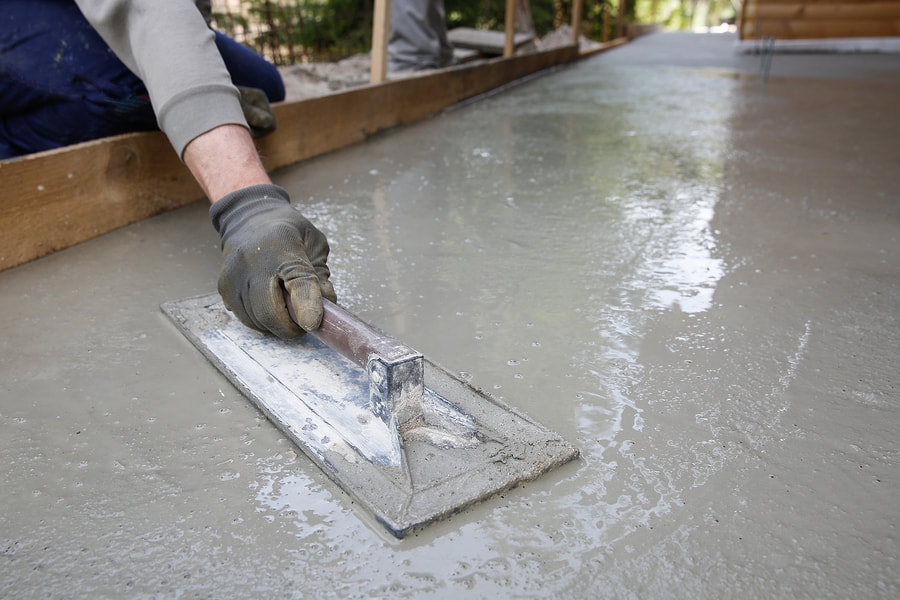In the face of increasing natural disasters, the role of civil engineering in disaster resilience has never been more critical. Civil engineers are the backbone of our infrastructure, designing, constructing, and maintaining the systems that keep our communities functioning. But beyond simply erecting buildings and bridges, Building contractors in Chennai play a vital role in mitigating the impact of disasters and ensuring that our infrastructure is resilient in the face of adversity.
Understanding Disaster Resilience
Before delving into the role of civil engineering, it’s essential to grasp the concept of disaster resilience. Resilience refers to the ability of a system—whether it’s a building, a community, or an entire city—to withstand and recover from adverse events. In the context of civil engineering, this means designing infrastructure that can withstand the forces of nature and minimize damage when disasters strike.
Designing Resilient Infrastructure
One of the primary responsibilities of civil engineers is designing infrastructure that can withstand a wide range of hazards, from earthquakes and hurricanes to floods and tsunamis. This involves considering factors such as building materials, structural integrity, and environmental conditions.
For example, in earthquake-prone regions, civil engineers design buildings with flexible and ductile structures that can absorb and dissipate seismic forces. Similarly, in flood-prone areas, Industrial civil contractors in Chennai design drainage systems and levees to mitigate the impact of rising waters.
Incorporating Risk Assessment and Planning
Civil engineers also play a crucial role in risk assessment and planning. By analyzing historical data, conducting risk assessments, and modeling potential scenarios, engineers can identify vulnerable areas and develop strategies to minimize risk.
For instance, engineers may recommend zoning regulations to prevent development in high-risk areas or propose retrofitting existing infrastructure to meet modern safety standards. Additionally, engineers work closely with urban planners and policymakers to incorporate resilience into long-term planning and development initiatives.
Utilizing Advanced Technologies
Advancements in technology have revolutionized the field of civil engineering, providing engineers with powerful tools to enhance disaster resilience. From computer simulations and modeling software to remote sensing and geographic information systems (GIS), these technologies enable engineers to better understand hazards, assess risks, and design more resilient infrastructure.
For example, engineers can use GIS to map out floodplains, identify evacuation routes, and plan emergency response strategies. Similarly, computer simulations allow engineers to simulate the behavior of structures under different loading conditions, helping them optimize designs for maximum resilience.
Implementing Sustainable Practices
In addition to designing resilient infrastructure, civil engineers are increasingly focused on incorporating sustainable practices into their projects. Sustainable design not only reduces the environmental impact of infrastructure but also enhances its resilience to disasters.
For instance, engineers may incorporate green infrastructure elements such as permeable pavement and green roofs to mitigate the effects of urban flooding and reduce stormwater runoff. Similarly, designing buildings with energy-efficient features not only reduces carbon emissions but also makes them more resilient to power outages during disasters.
Community Engagement and Education
Civil engineers play a vital role in community engagement and education. Building resilience requires the cooperation and involvement of local residents, businesses, and government agencies. Engineers work to educate the public about the importance of disaster preparedness, resilience, and sustainable development practices.
Community engagement initiatives may include public workshops, educational campaigns, and outreach programs aimed at raising awareness about disaster risks and empowering communities to take proactive measures to enhance resilience. By fostering collaboration and cooperation, civil engineers help build stronger, more resilient communities that can withstand the challenges of the future.
Civil engineering plays a crucial role in disaster resilience by designing, constructing, and maintaining infrastructure that can withstand and recover from adverse events. By incorporating risk assessment, advanced technologies, sustainable practices, and community engagement, Building Constructors In Chennai help build stronger, more resilient communities capable of weathering the storms of tomorrow. As the frequency and intensity of natural disasters continue to rise, the importance of civil engineering in disaster resilience cannot be overstated. It is only through a concerted effort to build resilient infrastructure and empower communities that we can truly prepare for the challenges that lie ahead.








